Summary / TL;DR
The Google Ads Maximise Conversion Value bid strategy is a smart bidding method that prioritises high-value conversions over merely increasing their number. Unlike the Maximise Conversions strategy, it focuses on generating the most valuable conversions within a set budget. This strategy uses machine learning to adjust bids in real-time based on auction data, ensuring optimal resource allocation and improved return on investment. It supports flexible budgeting, adapts to market shifts, and works best when conversion tracking is properly set up with monetary values assigned to each action. It's especially effective for campaigns with diverse conversion values, such as in eCommerce. To succeed, advertisers should monitor conversion metrics closely, maintain high ad quality, and adjust bids and budgets based on performance insights.
In the realm of digital marketing, bidding is essentially the art of deciding how much you’re willing to pay for your ad to appear. This process is crucial for pay-per-click (PPC) platforms like Google Ads, where seasoned advertisers compete by bidding on specific keywords.
That being said, the Google Ads Maximise Conversion Value bid strategy stands out as one of the most popular. It helps businesses boost their conversions and secure high-value outcomes.

However, this strategy can be quite complicated, especially for new users who need experience with such ad platforms. This article can work as your tool to learn and understand this conversion strategy and its multiple advantages.
Want to receive updates? Sign up to our newsletter
Each time a new blog is posted, you’ll receive a notification, it’s really that simple.
Using Maximise Conversion Value Bid Strategy Approaches
One of the most powerful features of Google Ads is automated bidding, where Google automatically adjusts bids to help depending on the likelihood of the ad getting clicked. Automated conversion bidding strategies encompass several types of bidding, with several ways to use conversion bidding extremely popular.
Maximise Conversion Value is an automated bidding strategy that allows advertisers to improve their conversion value within their budgets as much as possible within your budget limits. It is often confused with the Maximise Conversions bidding strategy, which is dedicated to generating as many conversions as possible, illustrating these are two distinct bidding strategies with different objectives.
The Maximise Conversion Value bid strategy, pivotal for optimising a website’s Google Ads campaigns, provides a more value-driven approach to the bidding process. The goal is not just augmenting the number of conversions but also securing a significant difference in value with each conversion. So, let’s examine how this strategy is used, its benefits, and the best practices to follow.
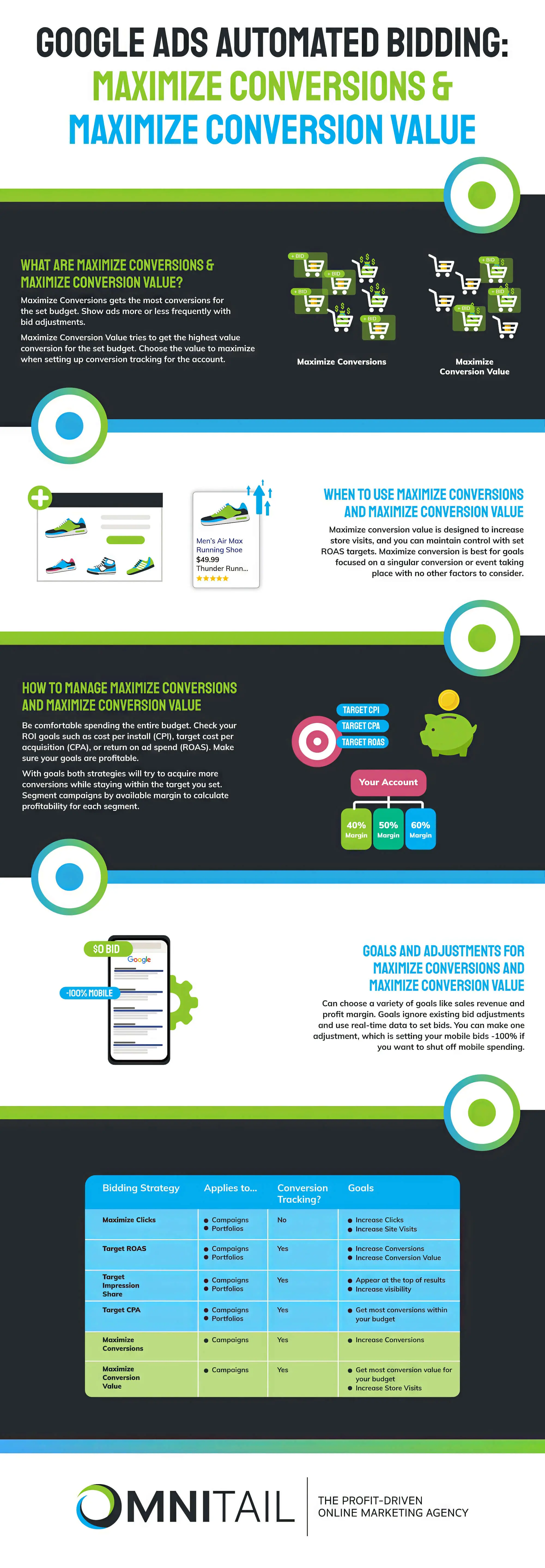
Benefits Of Using The Maximise Conversion Value Bid Strategy
There are several advantages of implementing the Maximise Conversion Value Bid strategy in your Google Ads campaign, such as:
1. Enhancing Value
Unlike the Maximise Conversions strategy, which emphasises capturing the most conversions over quality, the Maximise Conversion Value bid strategy prioritises the most valuable conversions. So, This automated bid strategy focuses on conversion volume as it aims to bring in as much conversion value as possible for the business.
2. Optimised Resources Allocation
The Maximise Conversion Value bid strategy utilises a sophisticated algorithm to adjust real-time bids based on auction time. This approach ensures that the ad spend is allocated more efficiently to keywords, placements, and audiences, which are more likely to offer greater value to the rights of the customers of the business.
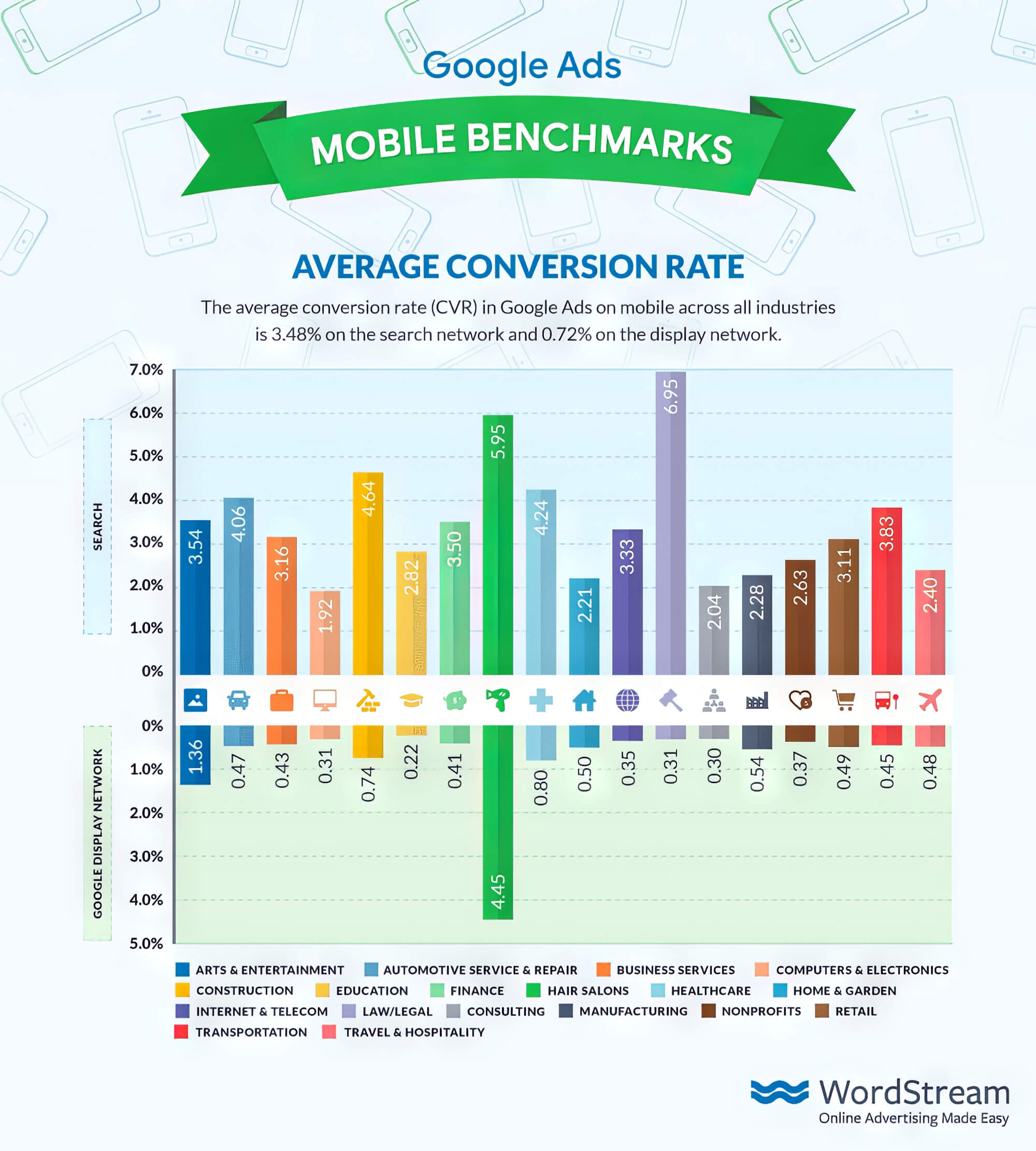
3. Maximising ROI
The Maximise Conversion Value bid strategy results in a better ROI by focusing on higher-value conversions. A business can maximise returns by bidding in Google Ads using this value-based strategy in Google Shopping and search campaigns.
4. Flexible Budget Management
This strategy selevates conversion value and is also pivotal for controlling and deciding the share of resources allocated to a particular campaign. Thus, it means a business can maintain financial control while utilising the available bid optimisation capabilities.
5. Adaptability To Market Changes
The machine learning algorithms of this bid strategy continuously analyse real-time data, bringing it closer to adapting to changes in user behaviour, competition, and market dynamics across the world. This adaptability increases the bids’ reach and ensures they remain relevant and effective amidst fluctuating market conditions.
Setting Up The Maximise Conversion Value Bid Strategy
You can apply the Maximise Conversion Value bid strategy to just one ad campaign or across multiple campaigns, depending on your needs.
1. Selecting The Conversion Type
You should note to ensure that the right conversion tracking is in place for the campaign. To hit your conversion tracking goals, click the Conversions option in the Tools and Settings menu to create conversion actions representing valuable business outcomes. Each conversion type entails an investment of money, with the assignment of monetary values depending on their importance in revenue generation.
2. Switch the focus when Creating The Campaign
You can start with a new campaign to implement the Maximise Conversion Value bid strategy or change an existing one from the campaign settings. Starting with a new campaign can also be accomplished from the Bid Strategies page on the shared library of your Google Ads account. The campaign settings, including the option for enhanced CPC, can be accessed by clicking on its name.
3. Setting Up The Bidding Strategy
Click at any level when switching a bid strategy is simple; click the Change Bid Strategy button under the Bidding section and select Maximise Conversion Value from the list. The right automated bidding strategies can help maximise conversion bidding to achieve a higher return on ad spend, conforming to the target cost per action (CPA).
4. Selecting Conversion Actions
In the Bid Strategy setup, you can select the conversion actions for the campaign, provided there is enough conversion data to make informed decisions. Choose the conversion actions with the highest value that resonates with the business goals once you have enough data to define an optimal bid. If required, multiple conversion actions can be selected.
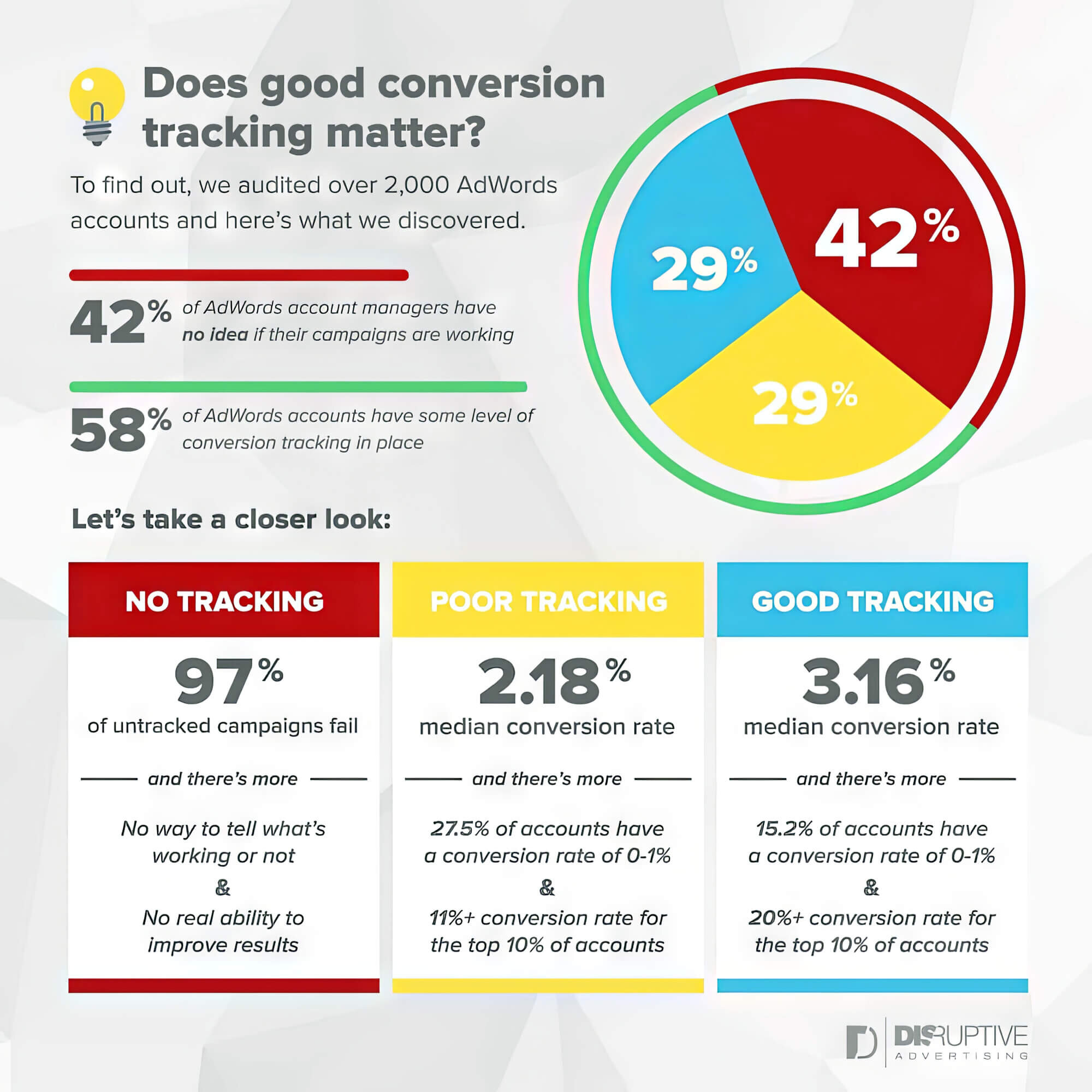
5. Adjusting The Bid Settings
remember, you should consider people’s interaction when you set a target daily budget, taking into account the overall advertising budget for the campaign. The Maximise Conversion Value strategy, which includes target ROAS bidding, will automatically adjust bids within this budget to maximise the conversion value. You can also specify a target return on ad spend (ROAS) for specific performance goals.
6. Applying The Settings And Monitoring
After ensuring all the settings are correct, click the save button to apply the Maximise Conversion Value bid strategy to the campaign. You should test the conversion value metrics within the campaign to ensure you achieve the ad spend ROAS target for optimal performance. The Bid Strategy column in the campaign dashboard can be used to track changes in bid adjustments and performance.
7. Performance Evaluation
The results of the campaign’s overall performance and key metrics have to be analysed, and based on these, we recommend changes for improvement. With this in mind, you should monitor conversion value changes, ad spend return, and other relevant key performance indicators (KPIs). It’s designed to generate insights using the Conversions and Conversion Value columns to gauge the bid strategy’s impact on specific conversion actions.
8. Making Adjustments
Published performance insights will help you know the effectiveness of your automated campaign management and identify necessary adjustments. These can help optimise the average conversion performance, the target ROAS, and other factors that may help improve the bid strategy for next time.
Best Practises For Maximise Conversion Value Bid Strategy
Getting the most out of the Maximise Conversion Value Bidding strategy requires careful planning, execution and monitoring. Here are some steps to help your business use this strategy most effectively.
1. Conversion Tracking And Value
Conversion tracking should be set up correctly for conversion data, and the right monetary values should be assigned to various conversion actions. Doing so for all the campaigns using this strategy will help prioritise the most effective conversions and add value to the business.
2. Selecting Suitable Conversion Actions
The conversion actions used for different campaigns should align with the business objectives and help increase the revenue earned. Focusing on actions that provide greater value is crucial, so exploring different bidding strategies and prioritising such conversions is essential.
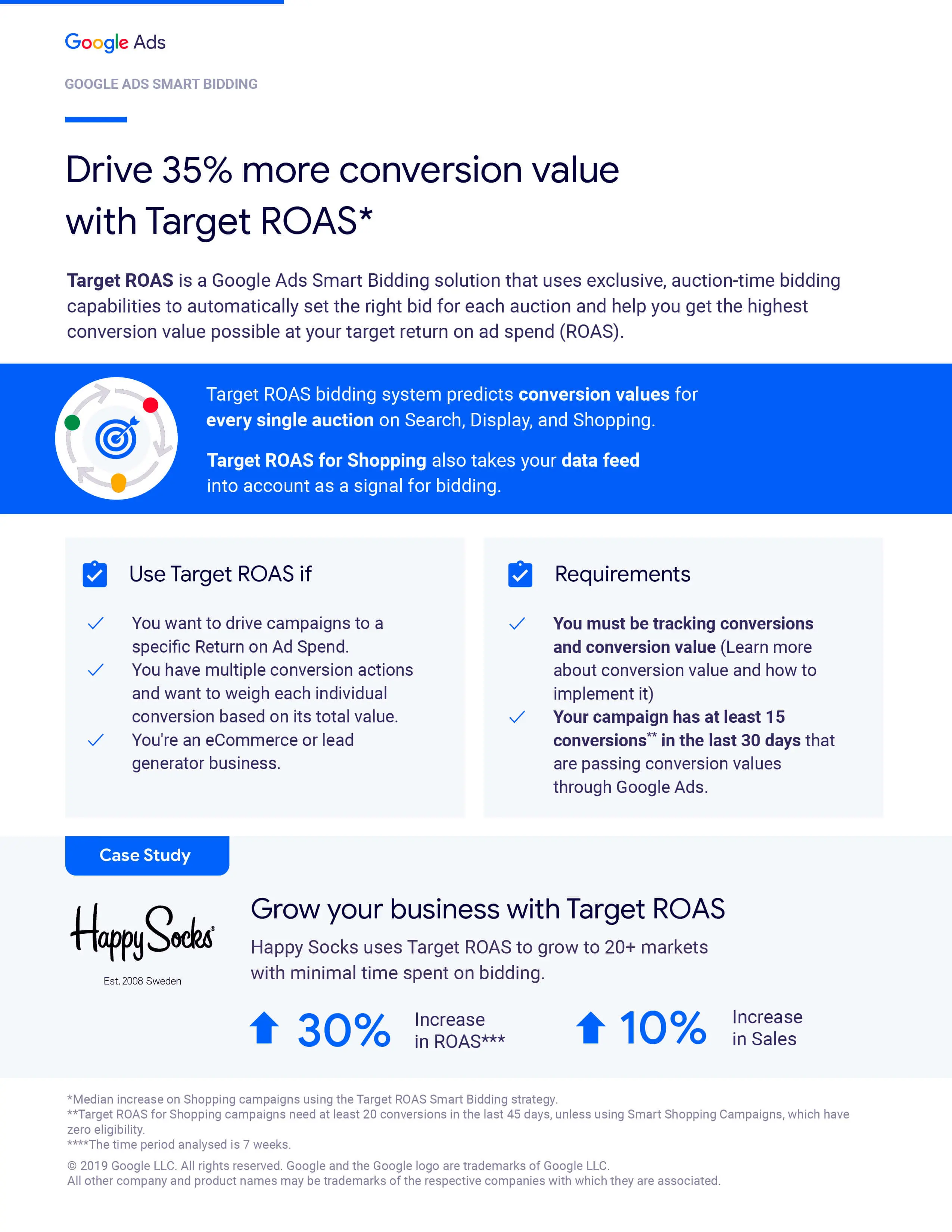
3. Setting Achievable Targets
When establishing objectives, aiming for at least 30 conversions the business can realistically handle is advisable. The daily budget should also be set accordingly while being aligned with the overall advertising goals of the campaign. If a potential increase in spending is expected, ensure that the budget is adjusted accordingly to accommodate such an increase.
4. Monitoring The CPA
Businesses with a target cost-per-acquisition (CPA) should monitor their bidding strategy to know whether it aligns with the CPA goals. The target CPA can be adjusted depending on the campaign’s actual performance and the business’s financial goals.
5. Maintaining A High Ad Quality Score
It is vital to ensure that the ads used for the campaign are high quality and use engaging and relevant content. A good Quality Score can improve the position and visibility of the ad, which can help positively affect the conversion value. That is why effort should be put into creating a compelling ad copy with relevant keywords and effective ad extensions.
Monitoring And Optimising The Maximum Conversion Value Bid Strategy
Regularly monitoring and optimising your bidding strategy is crucial for its effectiveness and meeting your campaign goals. To do this, you need to track key metrics, which include:
1. Conversion Value
Tracking the total conversion value over a standard period, such as 30 days, indicates the effectiveness of the automated bidding strategy. It can be tracked over a period of two weeks or more to determine its impact on the business’s revenue.
2. Conversion Rate
Monitoring the conversion rates can help you know how well any new bidding strategy is working to convert clicks into valuable actions. This allows you to make informed decisions about the average daily budget allocation. Increasing high-quality traffic daily leads to incrementally greater conversions when the conversion rate rises.
3. Cost Per Conversion
This metric provides information regarding whether the budget is being allocated properly. If the CPC increases, the conversion value bidding strategy may need adjustments. Once you know about these metrics, required adjustments can be made, which can include the following:
A. Bid Adjustments
With sufficient historical performance data, the CPC bid can be tailored for specific keywords, ad groups, or placements. Ads greater or lesser chances can be allocated to elements delivering outcomes of the same value while reducing those entities that fail to deliver results.
B. Conversion Action Selection
Any new bid strategy involves optimising the smart bidding approach to find the focus on conversion actions that contribute most to your profit margin by assessing various contextual signals.
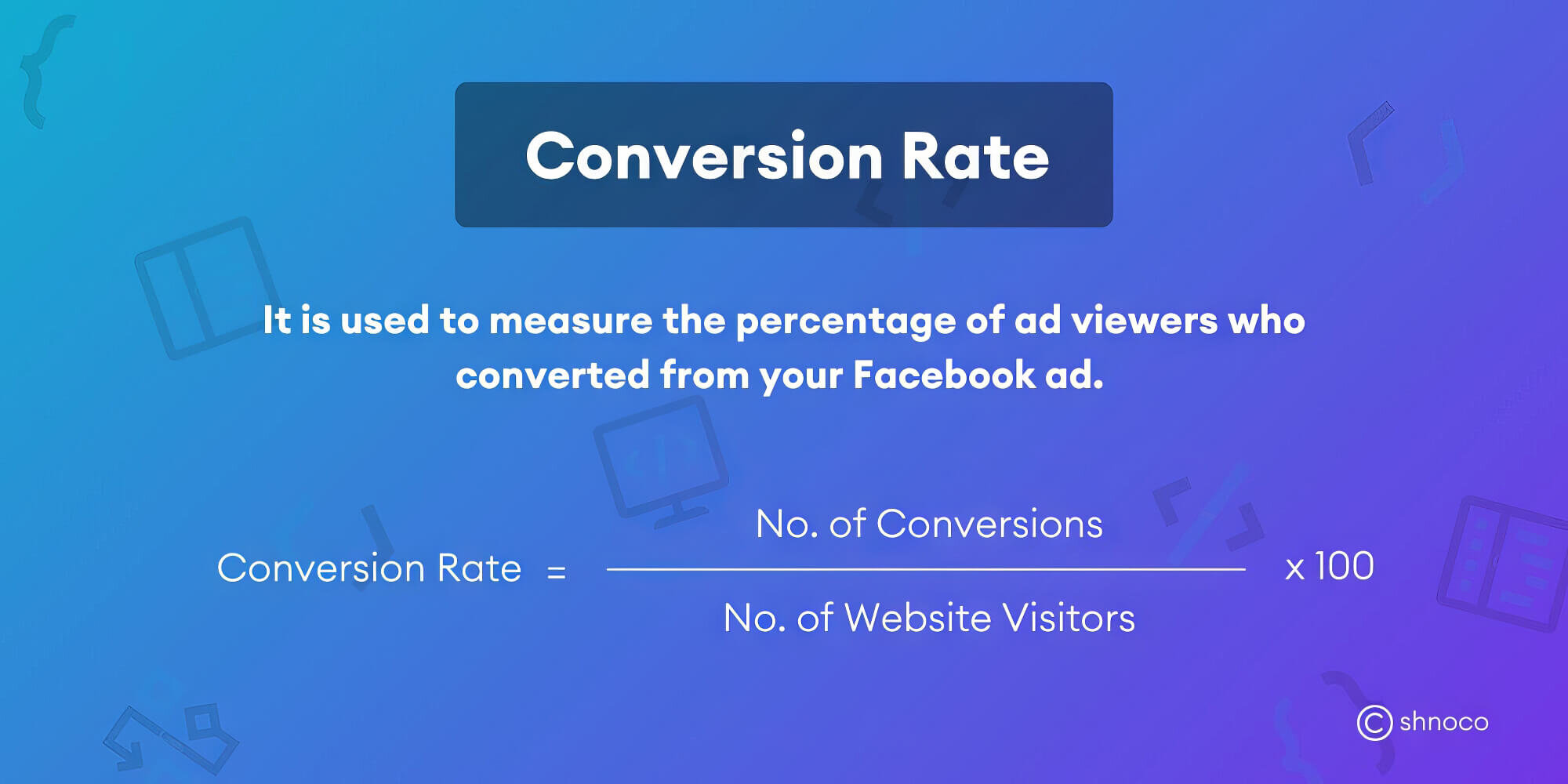
C. Budget Allocation
If the campaign exceeds its budget limits without reaching optimal conversion value, consider increasing the daily budget to optimise for every device and get better results. This critical lead-optimised approach makes the campaign better suited for every ad auction, effectively capturing more quality leads and utilising the entire daily budget.
FAQs
1. Is the Maximise Conversion Value bid strategy suitable for all types of businesses?
The Maximise Conversion Value bid strategy is most suitable for businesses with varying conversion values, such as eCommerce stores offering products at different price points. It can also be used for other businesses, but that requires aligning the business goals and objectives with the smart bidding strategy.
2. Does ‘as many conversions as possible’ apply to this smart bidding strategy?
The primary focus of this strategy is to get as many conversions of high value as possible while generating a significant return. Thus, it balances quantity and value to deliver results.
3. Are there specific rules for setting conversion values?
For example, depending on their importance, specific conversion value rules determine how you can assign values to various conversion actions. Following those rules can ensure that the value-based bidding strategy works appropriately as required.
Drive Results with Google Ads’ Maximise Conversion Value Bid Strategy
Google Ads Maximise Conversion Value bid strategy aims to become a potent tool for businesses looking to improve their online advertising campaigns. Other strategies, such as the Max Conversions strategy, focus on increasing conversions, ensuring you get as many high-value conversions as possible.
It utilises advanced algorithms to optimise bids, ensure efficient budget allocation, and improve the ROI. Furthermore, this smart bidding strategy takes into account market fluctuations, such as changes in user behaviour, and adapts accordingly. As such, it has become an indispensable bidding tool for digital marketers and advertisers.





